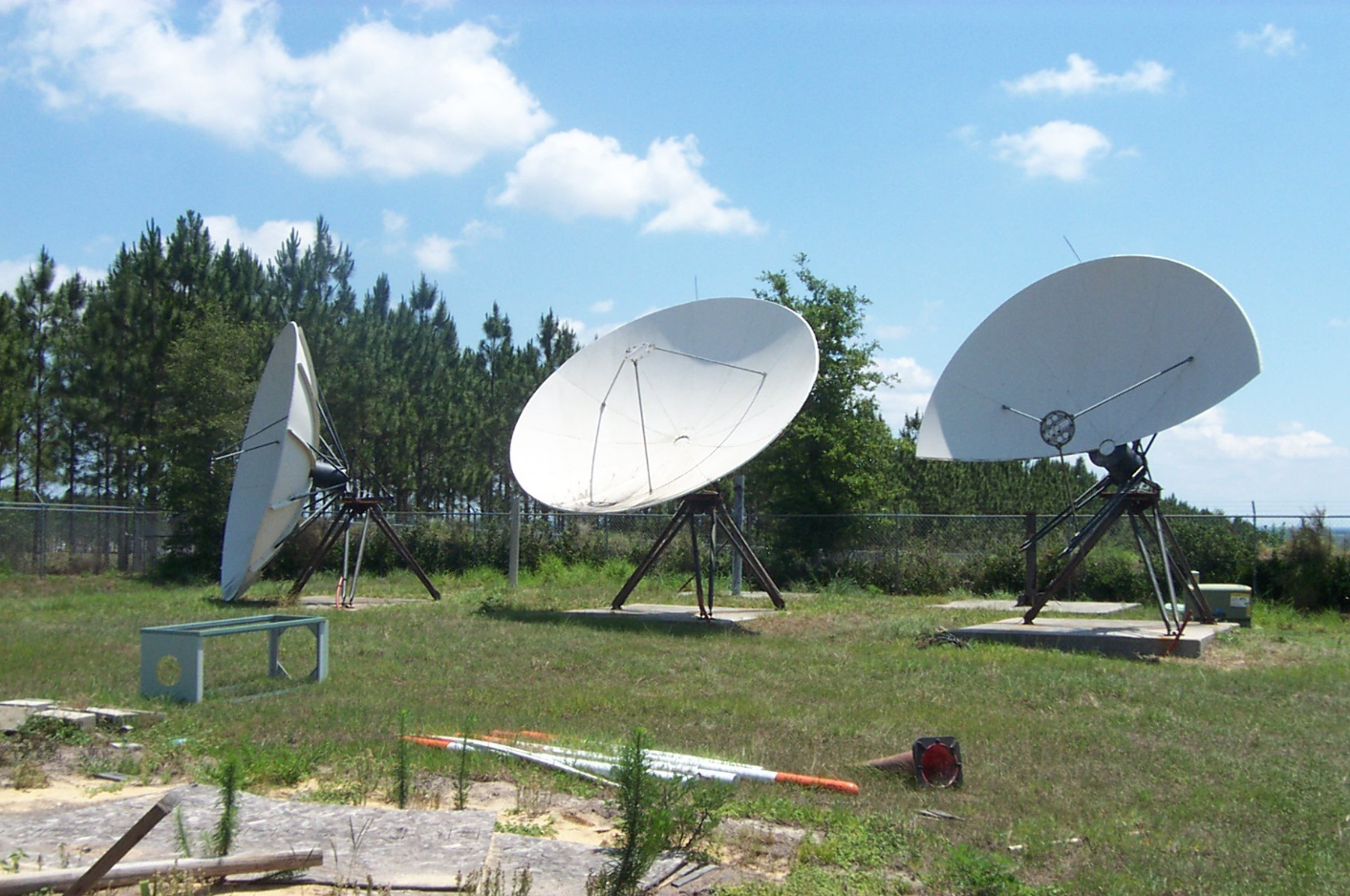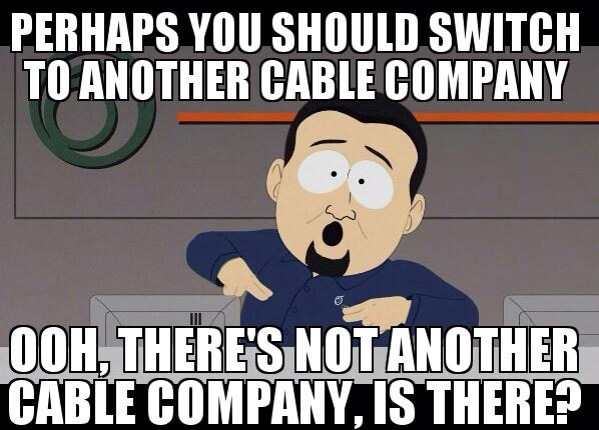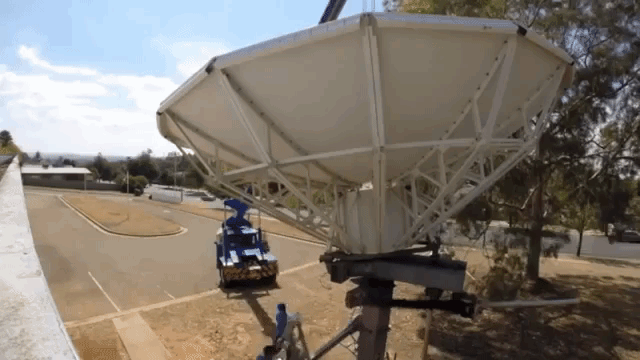Delivering fiber-like speeds with Mimosa's point-to-point and point-to-multipoint solutions.
Realizing the Hybrid Fiber-Wireless Potential: Opening 3.7 – 4.2GHz for Fixed Access
As an industry, we’ve done an incredible job utilizing the 5GHz band to its fullest potential. Mimosa is particularly proud of its Spectrum Reuse Synchronization (SRS) technology, allowing rich spectrum reuse and mitigating interference from other unlicensed devices in the band. Our innovations in efficient use of spectrum are being manifested in many venues, enabling market growth from rural and developing countries to suburban and urban centers, where people lack choice for broadband service. Even here in the United States, the Federal Communications Commission (FCC) estimates that 75% of Americans do not have a choice for their broadband service provider. Affordable broadband internet access has become essential for modern-day life. With fiber-to-the-home having proven too costly to deploy in most areas, a hybrid fiber-wireless (HFW) architecture presents the most compelling near-term opportunity for local broadband competition. To avoid another 100-year monopoly in telecommunications, our industry must move quickly towards realizing the HFW potential.
Several times in pitching Mimosa’s technology in the 5GHz band, I’ve heard the inevitable comment, “I appreciate everything you’re doing to mitigate interference, but I’m still not comfortable selling an SLA-class service in unlicensed spectrum.” This viewpoint becomes more prevalent as we transition the Fixed wireless industry from the lightly developed markets into the much more competitive markets entrenched with cable modem and xDSL services. Several cellular service providers have gravitated toward using millimeter wave bands such as 28GHz and 39GHz for Fixed wireless. However, those of us with real-world experience deploying fixed services know painfully well that lower frequency spectrum (sub-6GHz) is required to shoot through a tree or two, when necessary. This is especially the case when installing suburban “MicroPoPs.”

C5: Sail Internet - Fremont, CA
We give our thanks to the FCC for expanding the old 3.65GHz WiMAX band, and re-labeling it the Citizens Broadband Radio Service (CBRS) under Part 96. This band is low enough in frequency to allow NLOS operation, yet high enough to support wider channels for true broadband access (>25Mbps per subscriber). Once we have the Spectrum Access System and Environment Sensing Capability in place to coordinate usage, 150MHz of spectrum will become broadly available under a three-tiered sharing arrangement. Unfortunately, while a start in the right direction, 150MHz of hotly-desired spectrum isn’t enough to get the job done, and the lack of spectrum will artificially drive up the cost of precious Priority Access Licenses. To deliver the equivalent of gigabit fiber service, we need to operate on 160MHz channels with two spatial streams to each client. Even with efficient spectrum reuse technologies, like SRS, we’ll require at least a couple of non-overlapping channels.
Starting from the 3.55 – 3.70 GHz CBRS foundation, what can be done to expand this valuable band? If we try to go below 3.55GHz, we see a battle to shake loose the Federal spectrum that’s being used for radar services. With scars from our 10GHz and 5.35GHz battles, dealing with radar detection issues, this does not look like a path toward victory. Looking above 3.7GHz, we have the classic C-band, 500MHz of prime spectrum dominated by the satellite operators. By FCC allocation, this band can be shared on a co-primary basis between Fixed Satellite, Fixed, and Mobile services. Yet, we see very little sharing today.
The 3.7 – 4.2GHz band has a long history for satellite communications. The first Telstar satellite, launched in 1962, had a C-band transponder to relay television signals between the United States and Europe. As has become the practice ever since, Telstar used 6GHz for its uplink and 4GHz for its downlink. During the 1960s and early 1970s, geosynchronous satellites and earth stations were a closed system of the broadcast industry. Following the 1976 Copyright Act, consumers were allowed to receive signals directly from the geosynchronous satellites. Before the days of Direct Broadcast Satellite (DBS) services, Americans had to endure Big Ugly Dishes (BUDs) in their backyards, typically 10-feet in diameter, allowing them to receive C-band television programming from the same satellites used to distribute content by major broadcasters. These dishes were especially popular in rural areas, far away from VHF/UHF broadcast and cable television services. In fact, Charlie Ergen’s (of DISH Network) rise to fame began as a supplier of BUDs. Realizing the potential to offer a mainstream service, he raised money to launch his own high-power satellite, which went into orbit in 1995. The DBS services, including DISH and DirecTV, use the Ku-band rather than the C-band, because the higher frequencies allow better control of the power from space, and the use of much smaller dishes at subscriber homes (18-inches versus 10-feet).
Today, the C-band is primarily used to feed cable TV head-ends, and to deliver two-way data services in remote areas. In both cases, however, we’ve seen a gradual shift to other solutions over the last decade. Most cable TV head-ends are fiber fed today, as this provides the most reliable delivery of content, eliminates the massive C-band satellite dishes, and facilitates non-linear content delivery. As with direct broadcast television, providers of two-way data services have gradually moved to Ku and Ka bands, as these allow smaller dishes, more bandwidth, and lower cost of ownership. While there are 7,533 entries for C-band satellite earth stations in the FCC IBFS database, Google and others have estimated that the total number of active earth stations have shrunk to 2,200 terminals. The Satellite Industry Association forecasts a gradual decline in C-band satellite service revenues, as they acknowledge the gradual shift of television viewing toward non-linear programming, and the increasing role of the internet in delivering this content.

Dish Graveyard - Google Images
Though allocated on a co-primary basis with fixed (terrestrial) operations, C-band has seen very little sharing to date. From the inception of the satellite industry in the 1960s, licenses filed for fixed satellite earth stations usually protect “full-arc, full-spectrum” operations. That means, in effect, a satellite dish may be pointed at the horizon in any direction, and the station may be listening on any frequency from 3.7 – 4.2GHz. Without knowing the specific receive pattern and reception channels, fixed operations must presume the worst-case scenario and coordinate with extraordinarily large exclusion zones. Compounding this “land grab” by the satellite industry, their license period is 15-years (versus 10 years for fixed operations), and they have no obligation to update the database when an earth station goes out of service. These wasteful practices have resulted in gross under-utilization of this precious spectrum resource.
We are not the first group to observe the wasteful practices in the 3.7 - 4.2GHz band. Over the last 15 years, the Fixed Wireless Communication Coalition (FWCC) has written to the FCC three times requesting an audit of satellite earth station records. To date, the Commission has not responded to this request. During the 15 years of inaction to deal with this spectrum hoarding, we’ve seen internet traffic grow by a factor of 100, and Americans becoming increasingly dissatisfied with their access providers. In a survey conducted by 24/7 Wall Street, Comcast was voted “America’s most hated company” for 2016. In the same survey, Charter Communications was rated the 12th most hated company. With internet access so central to the way we live today, how is it possible that we don’t have a choice, and so many people are dissatisfied by their provider? Meanwhile, in the cellular industry, the FCC believes it is necessary to maintain 3 if not 4 overlapping carriers to protect consumer interests. It’s time to remedy the situation, and reclaiming 500MHz of underutilized spectrum is the first step toward creating broadband competition. The FCC needs to approach the satellite industry with a clear mandate: Update your records to show your true use, including your orbital position and frequencies, or lose your licenses.

South Park, Comedy Central
In the US, traditional licensed microwave links are governed under FCC Part 101. Of the many bands for fixed operations, most are regulated through a “pay as you go system” of static coordination with 10-year licenses. Fixed operations have generally been synonymous with point-to-point FDD links, with specific antenna requirements for each band. There are auctioned bands within Part 101, such as the 24GHz and 28GHz bands, and the applications of spectrum owners have included point-to-multipoint networks. Otherwise though, licensed point-to-multipoint spectrum is virtually non-existent, particularly with NLOS propagation characteristics. Despite the regulatory restrictions, the fixed wireless industry has thrived over the past 15 years, mostly utilizing the 5GHz band under unlicensed Part 15 rules. While the new 3.55 – 3.70GHz band is managed under Part 96 regulations, adoption has been delayed and complicated by the requirement for a Spectrum Access System, Environmental Sensing Capability, and a three-tiered spectrum access model. To simplify and accelerate the sharing of the 3.7 – 4.2GHz band for PTMP networks, Mimosa believes the FCC should update the Part 101 regulations for the 3.7 – 4.2GHz band, specifically allowing point-to-multipoint operations for the first time, while of course protecting incumbent Fixed Satellite and PTP microwave link operations.

6.5m Satellite Dish Decommissioning - Av-Comm Pty Ltd
Recognizing the value and underutilization of the 3.7 – 4.2GHz band, some players in the mobile industry have discussed a different plan. As has been the accepted practice for mobile operations, the alternative proposal is to auction the spectrum for “flexible use,” and compensate the incumbent users to vacate the band. The proposal bears some resemblance to the Broadcast Incentive Auction to recover old TV spectrum. But there are some major problems with the mobile industry proposal. First and foremost, auctioning spectrum for the sole use of specific operators is anti-competitive. Whichever company has the wherewithal to buy the spectrum (likely for billions of dollars), will have a distinct advantage over other service operators forced to use inferior or unlicensed spectrum. We have over 1,500 wireless internet service providers in the US today, and we should give them all the opportunity to take Fixed wireless to the next level in all geographies. Secondly, it’s entirely possible that the dominant players in cable and DSL access services will buy this spectrum, in recognition of the competitive threat that this new HFW architecture poses. If the incumbent fixed access providers secure this valuable spectrum, then competition becomes impossible. Thirdly, the notion of “flexible use” spectrum, a mixture of mobile and fixed access, is fundamentally flawed. As American’s, we pay on average $6 per GB for mobile data, and only $0.05 per GB for fixed data. Spectrum that is sold for billions of dollars can only be used for mobile access, because operators must recover the giant check they wrote to the government to buy the spectrum. We, as consumers, ultimately pay the mobile spectrum bill! This model may continue to work for mobile access, but the $0.05 per GB that we expect to pay for fixed access precludes the operators using expensive spectrum for this purpose.
The mobile industry has not yet petitioned the FCC to start the process of studying their proposal. Recognizing that time is of the essence in realizing the potential of HFW access in the United States, Mimosa, WISPA, and many other industry leaders have banded together as part of a new Broadband Access Coalition, submitting a joint petition to the FCC on June 21, 2017. We anticipate quick action by the FCC to notice the petition for public comment, as it addresses many key priorities in Congress and the Commission, of stimulating competition, infrastructure investment, and rural connectivity. For the benefit of our industry, and for the future of competitive broadband services, we will be encouraging companies and individuals to write letters of support to the FCC once the comment period has commenced. Through disclosure of the satellite earth-station operations, and edits to existing Part 101 rules, we can have broadband services in the 3.7 – 4.2GHz band within a short time. Let’s go make this happen together!
Resources:
· Broadband Access Coalition members
